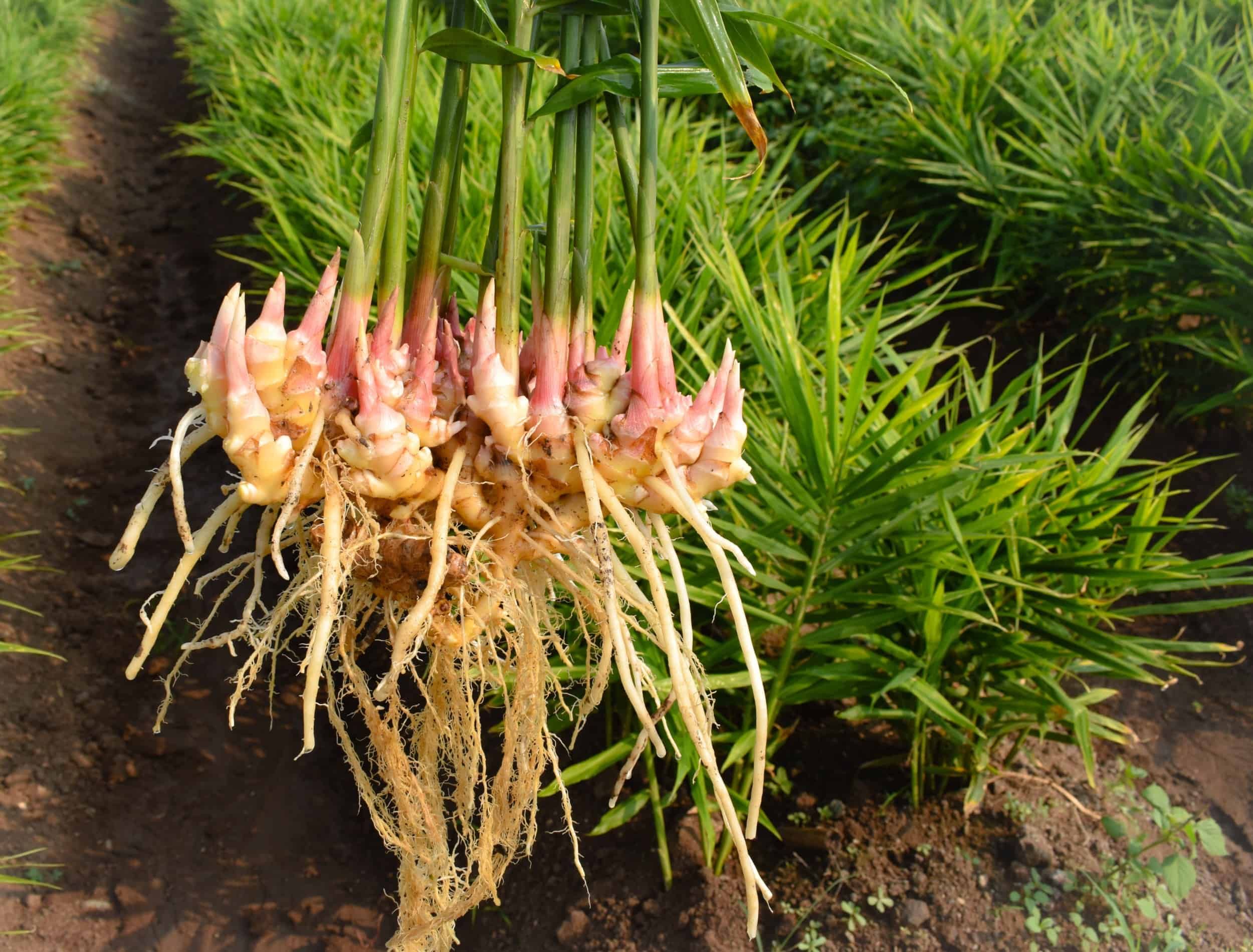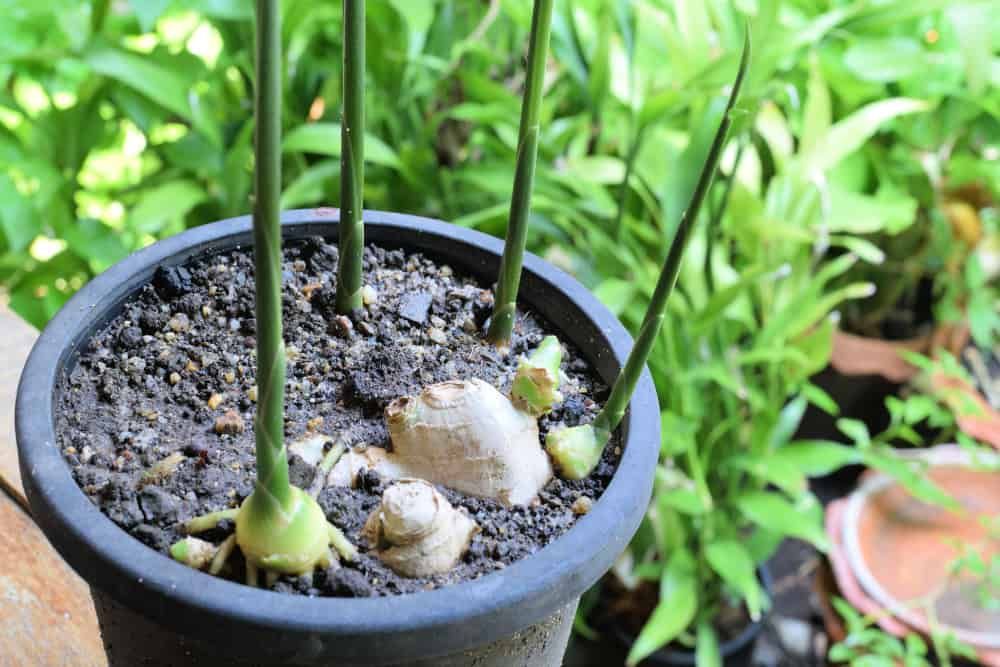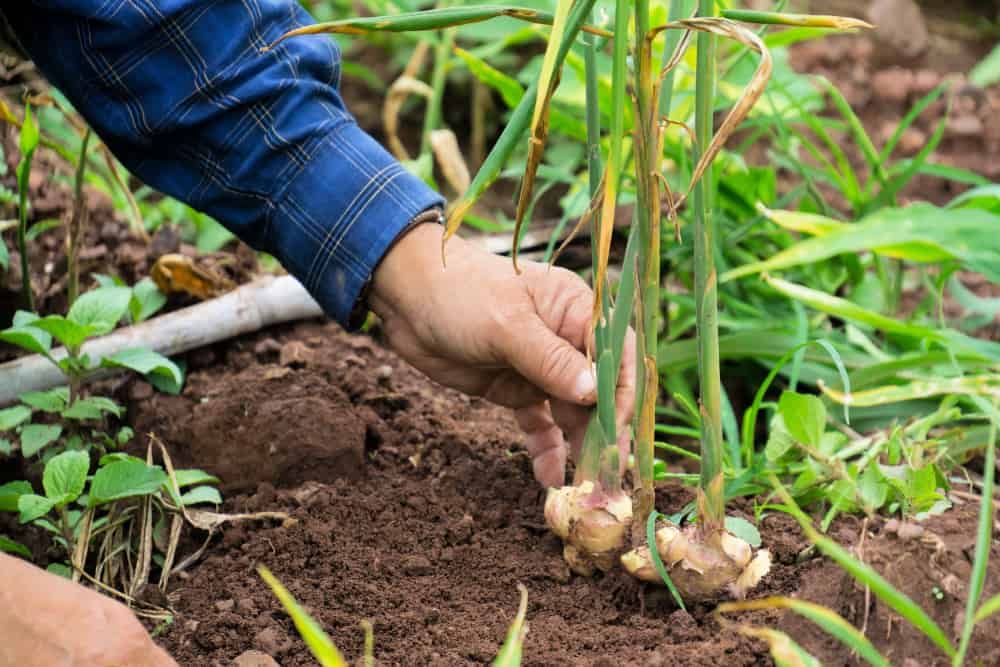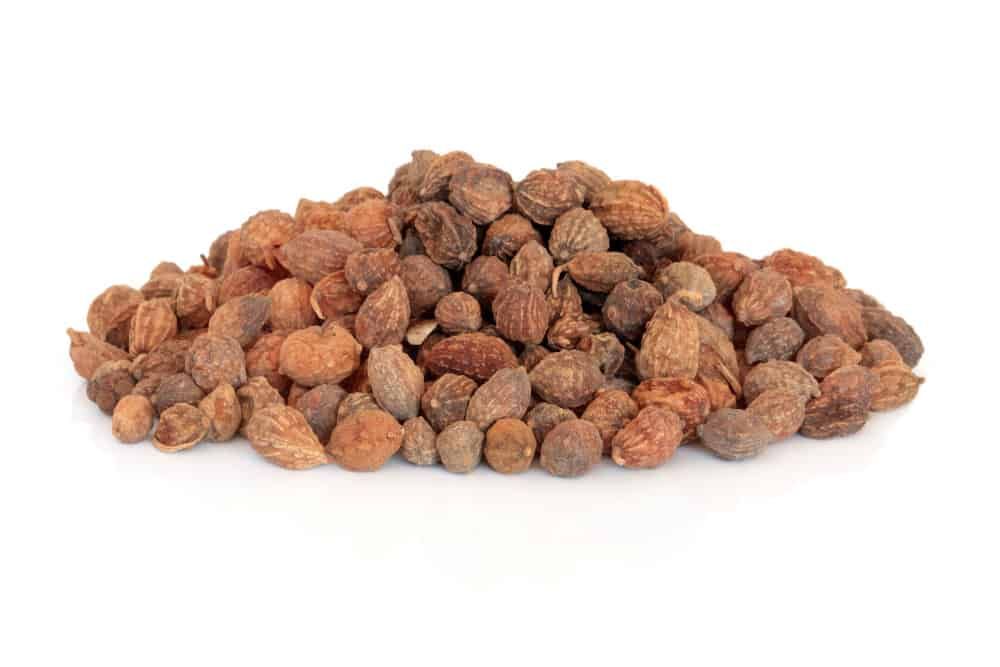The sweet, spicy flavor of ginger (Zingiber officinale) has been enjoyed in Asian, Caribbean, and Mediterranean cuisines for generations. If you've ever eaten a gingerbread cookie, then you've tasted ginger. Although you can find fresh, dried, or powdered ginger in your local grocery store or Asian market, it’s much more economical (and tasty) to grow ginger at home!
If you want to learn how to grow ginger, keep reading.
What is Ginger?
Image credits: congerdesign via Pixabay
Ginger is a flowering plant that traces its roots back to Southeast Asia. Speaking of roots, ginger roots are technically rhizomes, an underground plant stem from which roots grow. Most people know it as ginger root, but technically they're rhizomes.
Ginger isn’t just a tasty spice, it also has many health benefits including the potential to reduce nausea, lower blood pressure, and relieve pain. Ginger is a good source of vitamins and minerals, including Vitamin C, magnesium, and potassium. It also contains antioxidants that can help boost your immune system.
How to Grow Ginger in a Pot
Image credits: Cattlaya Art via Shutterstock
Ginger is one of the great plants that are able to be grown in containers. Keep reading to figure out just how easy it can be.
- Start with a fresh ginger rhizomes from the grocery store.
- Fill a pot with well-draining soil and place the ginger rhizome on top, making sure that the bud is pointing up.
- Water the rhizomes generously and place the pot in a warm, sunny spot.
- Wait for new growth to appear (this can take several weeks).
- Once new growth appears, continue to water your ginger regularly and fertilize it monthly with an organic fertilizer.
- Harvest your ginger by carefully digging up the root when it is at least eight inches long.
- Store your ginger in a cool, dry place or in the refrigerator for up to six months.
- Once harvested, you may want to slice your ginger into small slices and add them to various dishes, including stir-fries, curries, soups, chutneys, and pastas. You can also add grated ginger to beverages, such as tea or juice! Don't throw your ginger flowers away because they're edible too!
By following these easy steps you can have fresh ginger even if you don't have too much space.
How to Grow Ginger in a Garden
Image credit: Pouring Studio via Shutterstock
When it comes to growing ginger in your garden, there are a few things you should know. For starters, ginger is a tropical plant, so it needs warm weather and lots of sunlight to thrive. It's also a bit of a finicky eater, so make sure you're giving it the right kind of soil and fertilizer. With a little love and care, you can grow healthy, delicious ginger in your backyard!
Start by locating a spot that gets full sun all day. The soil you use should be mixed with organic compost because the extra nutrients help ginger thrive. Use raised beds if possible, as they provide better drainage - the last thing you want is soggy ginger.
Plant ginger cuttings directly into the ground, about 12 inches apart in rows about three feet apart. Maintain proper moisture levels by keeping the soil evenly moist but not saturated. Don't allow water to pool on top of the roots or wet leaves for prolonged periods. Fertilize regularly by adding a high nitrogen food to the soil. Ginger prefers loamy soil with a pH between 5.5 and 6.5.
Keep plenty of organic mulch nearby, and keep weeds away by using straw, hay, or wood chips between plants and along their perimeter. Make sure the surrounding areas are free of invasive plants too. Ginger is especially susceptible to red spider mites because its very fine root hairs hold onto any tiny particles of dirt that may contain these pests.
Finally, pick off any dead foliage near the base when harvesting fresh ginger to discourage rot from forming underground. Be sure to harvest your ginger carefully as the roots are delicate and can easily be damaged.
Outlining the Steps for Planting Ginger
Image credits: Supachia Rattanarueangdech via Shutterstock
When growing ginger, there are a few key factors to keep in mind to ensure a bountiful harvest.
- Start with high-quality rhizomes that are plump and have visible buds.
- Ginger does not tolerate frost, so plant in the spring or fall.
- Ginger likes warm weather and lots of sun, though partial shade is okay.
- Plant ginger in moist, well-draining soil that is rich in organic matter.
- Be sure to give your ginger plants plenty of space to grow -- they can spread up to 3 feet wide!
- If you live in a colder climate, you'll need to bring your plants indoors during the winter months.
When to Start Ginger Plants From Seeds
Image credits: marilyn barbone via Shutterstock
For those in colder climates, it is best to start ginger seeds indoors about 10 to 12 weeks before the last frost date. You can also wait to plant until late spring or early summer. In warm climates, you can plant ginger any time of year. For those who live in an area with heavy rainfall, you may want to wait until the rainy season is over before planting.
If you are growing ginger in pots, choose a pot that is at least 18 inches wide and has drainage holes. If you are planting in the ground, choose a spot that gets full sun and has well-drained soil.
Garden Gingerly!
Growing your ginger can be an enjoyable process, and doing it correctly with these tips will give you a plentiful and scrumptious harvest. Garlic is a staple in many peoples fridge and it's time to make it one in your garden!
Let us know in the comments how your ginger is thriving!






